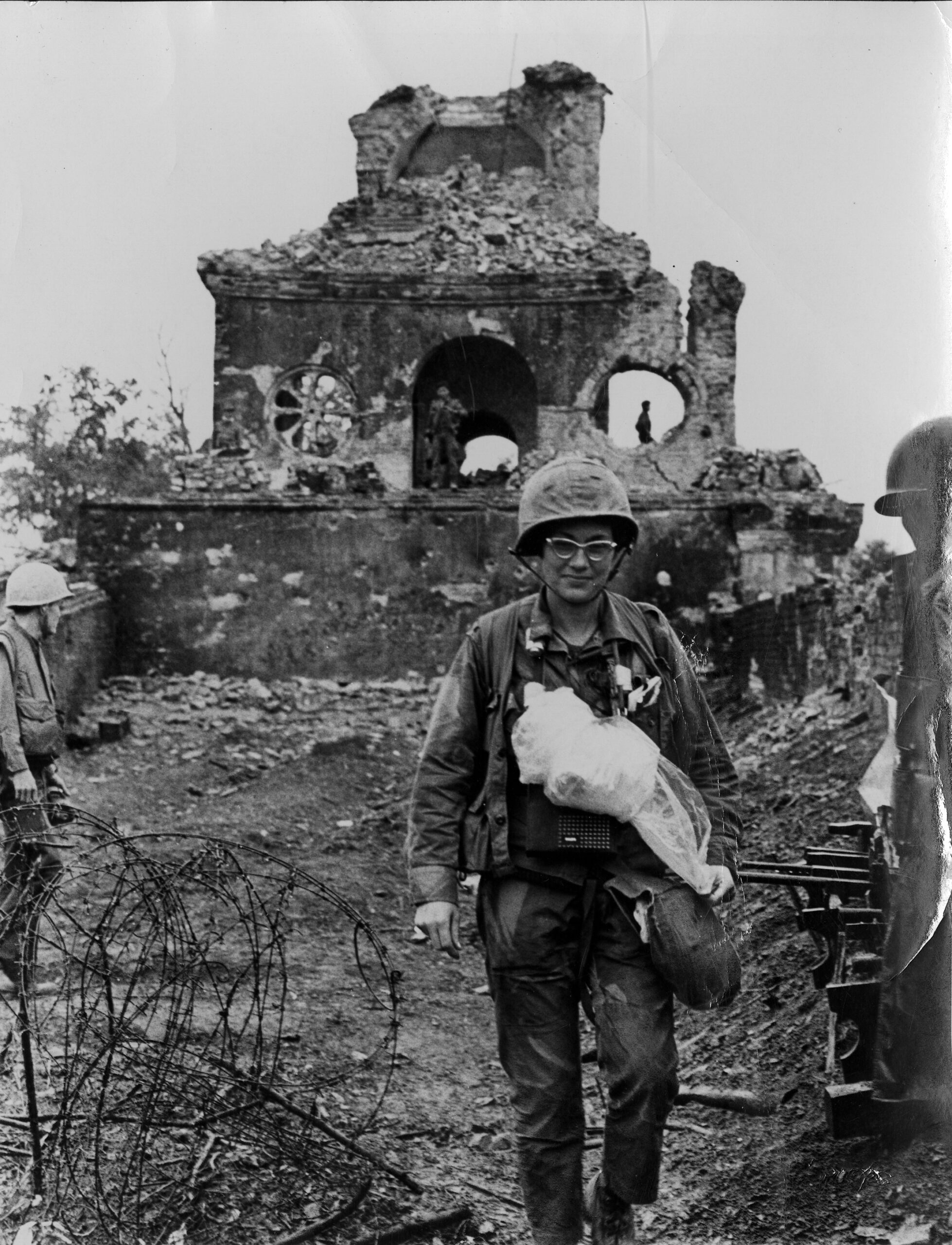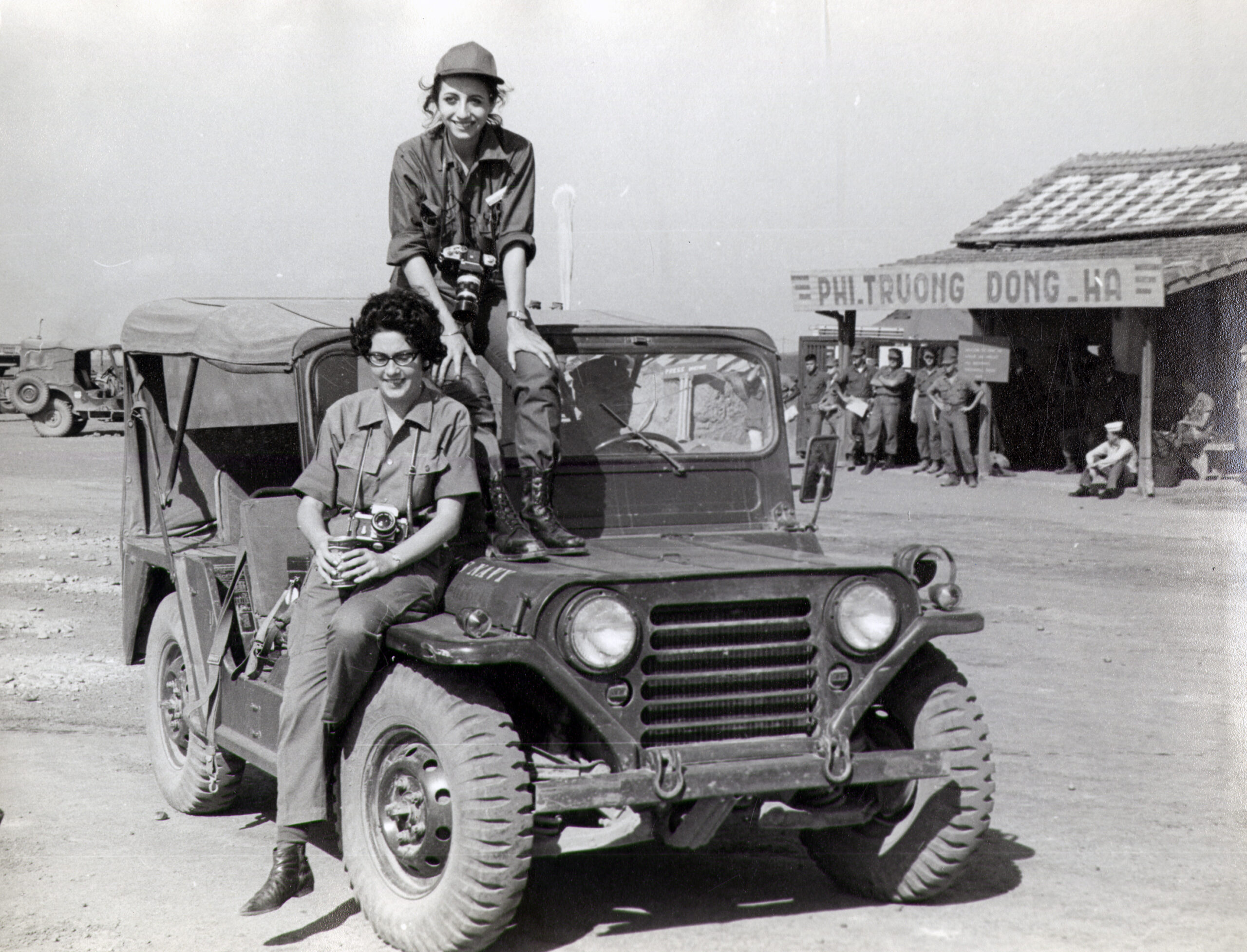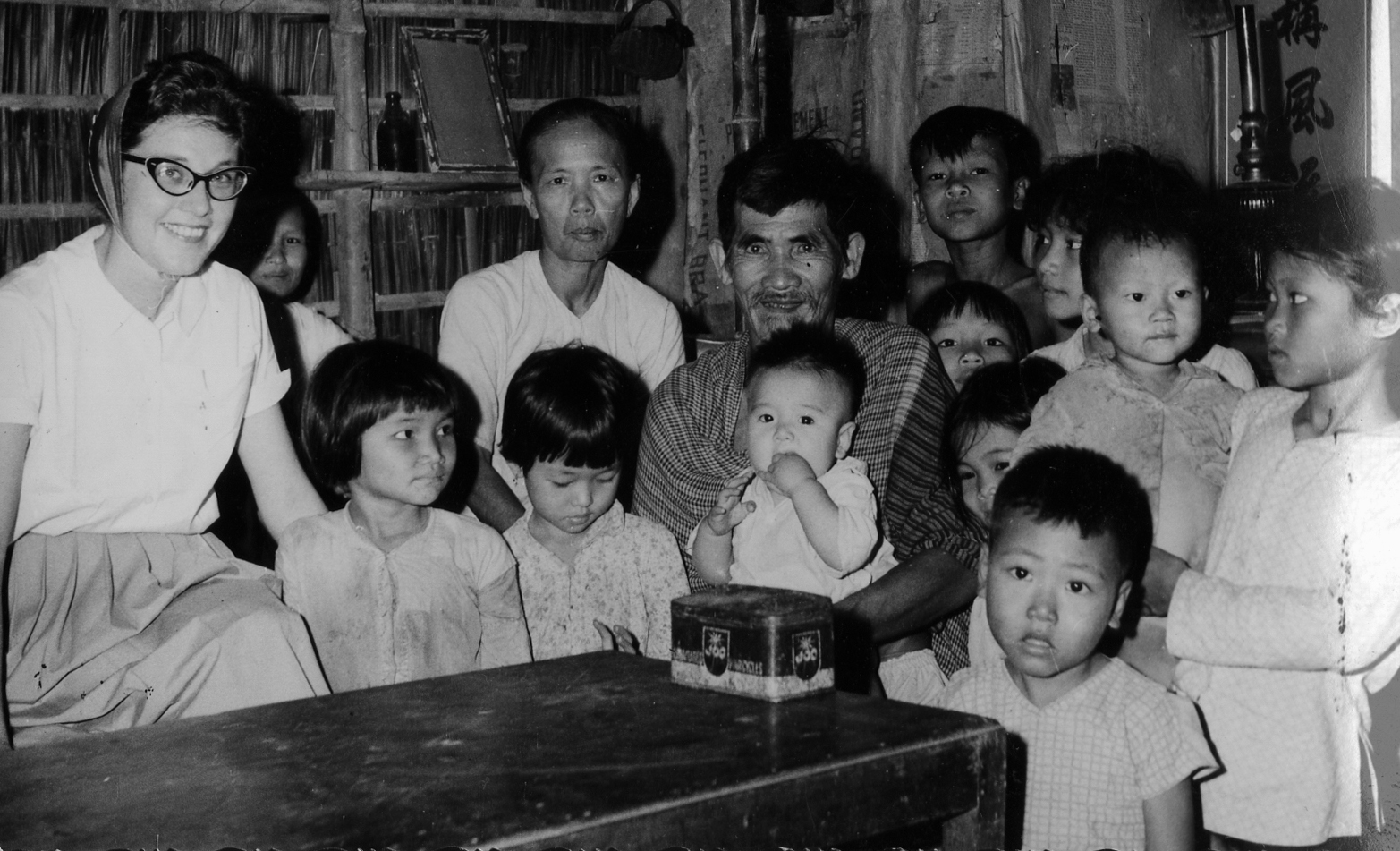Journalism in Action: Beverly Deepe Keever and Her Career
Archives & Special Collections, University of Nebraska-LincolnWomen War Correspondents
by Sam Mellema
The Vietnam War had a unique approach to journalism and correspondents between the military campaigns and the mainstream media of both Eastern and Western news outlets. The United States never officially declared war on North Vietnam, so the press did not have the restrictions that could have been imposed on them otherwise during an officially declared war, like WWII. With unrestricted access to the biggest stories of the 1960’s and 70’s, a reporter only needed the money to buy a plane ticket and start covering any story he or she wanted in Vietnam.
Journalists, especially Americans, sent back hundreds of photos and stories every day from Vietnam. While the United States government tried to paint a rosy picture of how well the war was going to the public, the media told a different story. Every day, Americans saw photos, videos, and read stories of the current happenings in Vietnam. Many of these photos that have become engrained into the minds of the American public include Napalm Girl, The Burning Monk, The Fall of Saigon, and Saigon Execution. This may have been a major reason why the general public had unfavorable views towards the war as more Americans were killed in Vietnam and those at home were faced with being drafted.
The Vietnam War also saw a huge milestone in war correspondence history, the appearance of women regularly reporting in the field. There had been women war correspondence in other wars before Vietnam. Several notable women appeared in World War II and even World War I; but the number of female reporters in those conflicts paled in comparison to the number of women correspondents in Vietnam. These women did not let their gender get in the way of their careers. Although they worked in a field dominated by men, many women stepped forward and carried out their jobs just as well, sometimes better, than the men.
Most Americans would not consider the Vietnam War as being a progressive movement, but it did actually see a lot of progress towards equality in journalism. In Vietnam, people did not see women as being less talented or less qualified like people saw them back in the United States or Europe. Many female correspondents actually enjoyed some benefits to being a woman in a “man’s” job. Some female correspondents could have more easily been able to get on patrols or get a ride from a military transport that some male journalists would be denied. Some women also got preference during military briefings and press conferences, with their questions getting preferred over the male journalists. Many female journalists, however, actually said that their gender affected very little or nothing at all in their respective fields.
Women did not, by any means, have an easier time than anyone else in Vietnam. Women still had to carry their own weight around Vietnam. Women still had to go through tough conditions and they still had to witness the horrors of war first hand. Some female correspondents got captured by North Vietnamese troops or Viet Cong and held by their enemy for a period of time under brutal conditions. Some women correspondents even lost their lives in Vietnam, women such as Dickey Chapelle and Philippa Schuyler.
It would not be right to say that only women correspondents made a difference in the Vietnam War, or even Westerners in general. Beverly Deepe Keever makes it clear in her book, Death Zones & Darling Spies, that Vietnamese women that made the biggest impact for women in the war. The native Vietnamese population bore the burden of the war. Vietnamese women had to take care of families torn apart by the war. Vietnamese women would take care of wounded troops from both Vietnam and America. Vietnamese women had the stories of heartbreak and hardships. To say that women, especially Vietnamese women, did not play a significant role in the Vietnam War would be unfair.
For more reading and research on women correspondents from the Vietnam War, we recommend these books: On Their Own: Women Journalists and the American Experience in Vietnam by Joyce Hoffman (2009), Women War Correspondents in the Vietnam War, 1961-1975 by Virginia Elwood-Akers, On the Other Side: 23 Days with the Viet Cong by Kate Webb, and War Torn by Tad Bartimus, et. al.

Beverly Keever in the Saigon AP Office, 1962

Beverly Keever in Huế, 1968

Keever at Đông Hà Combat Base, 1966

Beverly Keever with a Vietnamese village family
